La Vallée des Saints [Traonienn ar Sent (Breton) or The Valley of the Saints]Philippe Abjean
Extant
Carnoët, Brittany, 22160, France
While access to the site is free and open, guided visits for a small fee are available most of the year for groups, and during the summer for individuals. During the summer it is also possible to watch the sculptors at work, and apprenticeships are offered each year.
About the Artist/Site
France’s northwestern corner juts into the Atlantic Ocean, a beautiful but often cold and blustery peninsula with traditions linked to the Celtics who settled this area. The population, while becoming more diverse, is tied to their heritage and traditions – the Breton language is spoken here as often as French, and the food, dances, and songs are different from those in other parts of France. And while Bretons are becoming more secularized with global influences, many are still devoted to the Catholic saints of their forefathers and foremothers.
Philippe Abjean, a devoted Catholic, decided to memorialize and pay homage to the founding saints of Brittany and the local population’s devotion to them by carving representations of these figures in stone. A former professor of philosophy, his goal, with the help of other sculptor friends and colleagues, is to carve and install 1000 statues on the low rolling hills of the country’s central region, 235 meters above sea level, with a spectacular 360° view of the surrounding countryside. One of Abjean’s inspirations was Easter Island, and he envisioned this as a similar kind of impressive site for the third millennium. In fact, some call this site the Breton Easter Island.
This project began with the seven founding saints of Brittany in July, 2009, although these statues were first placed in an urban area nearby. The Valley of the Saints itself was inaugurated on May 19, 2012, and the hundredth sculpture, St. Piran, patron saint of British Cornwall, was installed in July 2018. All of the figures represent the Celtic monastics from Ireland, Wales, Scotland, or England who brought Christianity to Brittany around 1500 years ago. (Only around 700 of these saints are officially recognized by the Catholic Church; others are more autochthonous figures.) Each is carved out of local granite, and most average three to four meters in height (10-14 feet), significantly larger than life-size; an individual statue may weigh up to eleven tons. Given the different hands of the different sculptures, each reflects a different style and technique of working with the stone, although styles referencing the medieval are preferred; the emphases are on the historical narratives and legends, rather than the artwork itself. Each saint is identified with his traditional attributes or accoutrements.
While access to the site is free and open, guided visits for a small fee are available most of the year for groups, and during the summer for individuals. During the summer it is also possible to watch the sculptors at work, and apprenticeships are offered each year. Each statue costs roughly 15,000 Euros to build, and sponsorships are available for the saint of your choice (several have been underwritten by individual local villages or businesses). Souvenirs, including small statuettes of the monumental carvings, are available on-site.
~Jo Farb Hernández, 2018
Contributors
Map & Site Information
Carnoët, Brittany, 22160
fr
Latitude/Longitude: 48.367218 / -3.519534
Nearby Environments


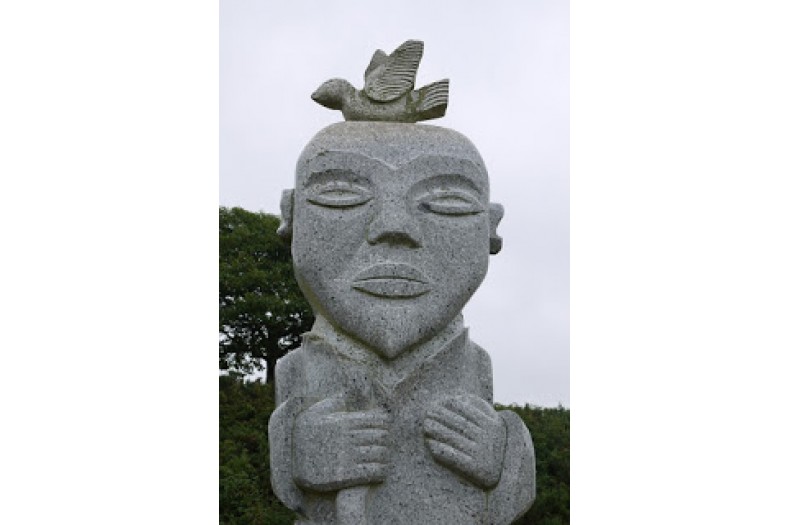
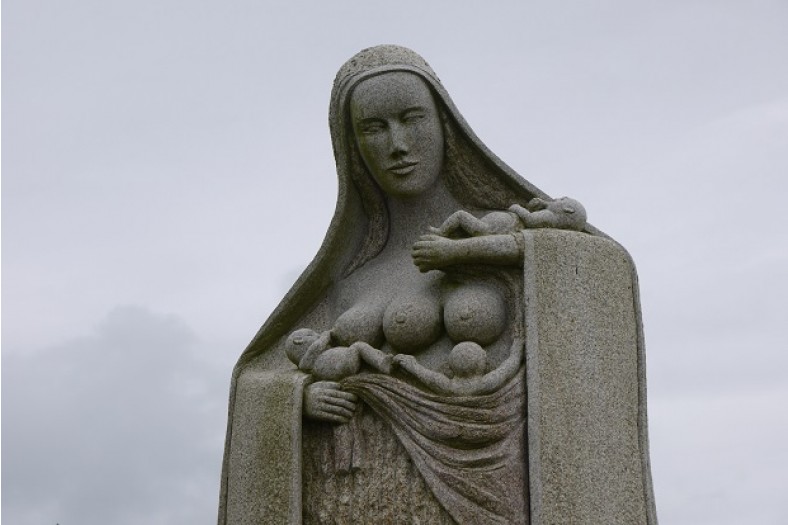
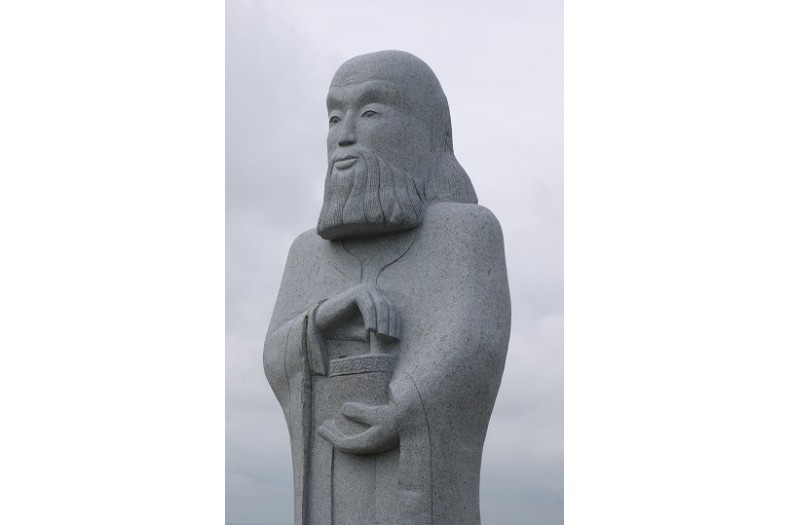
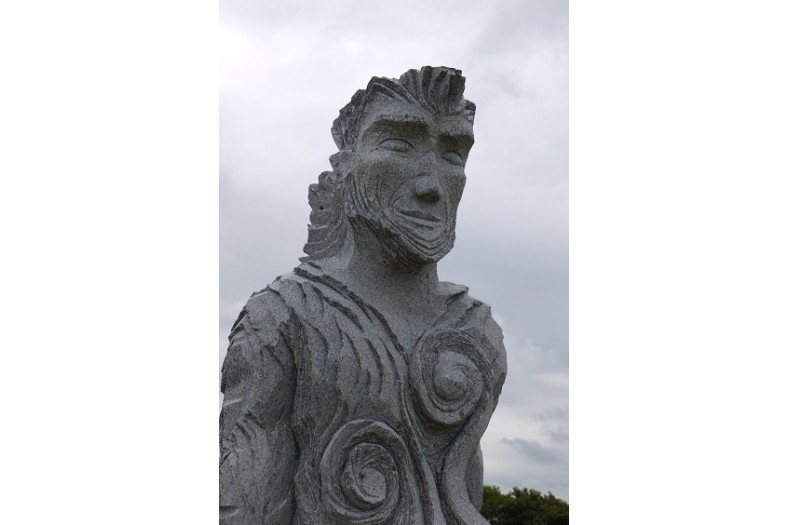
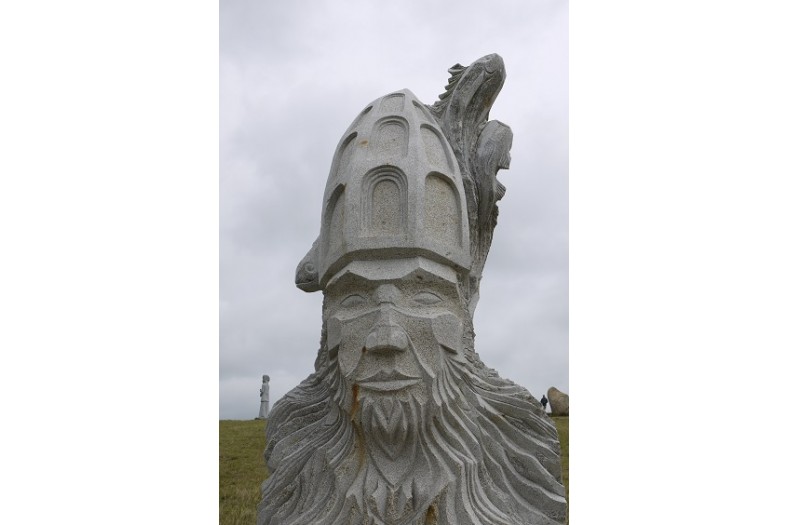
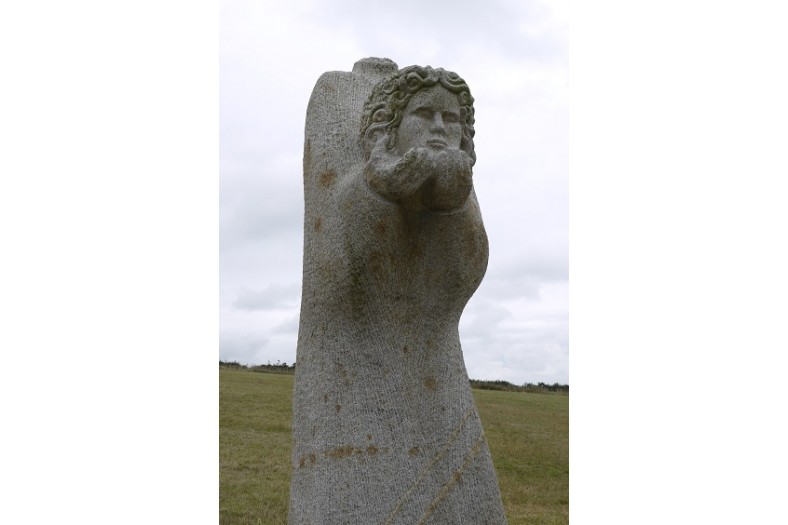
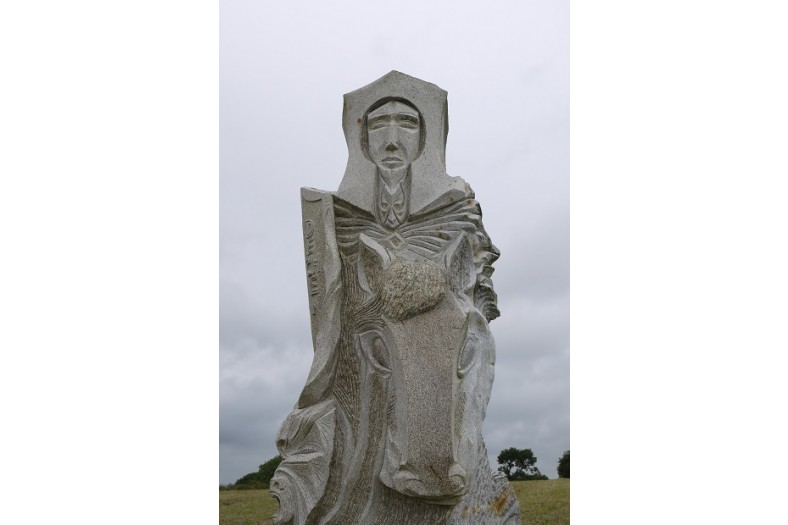
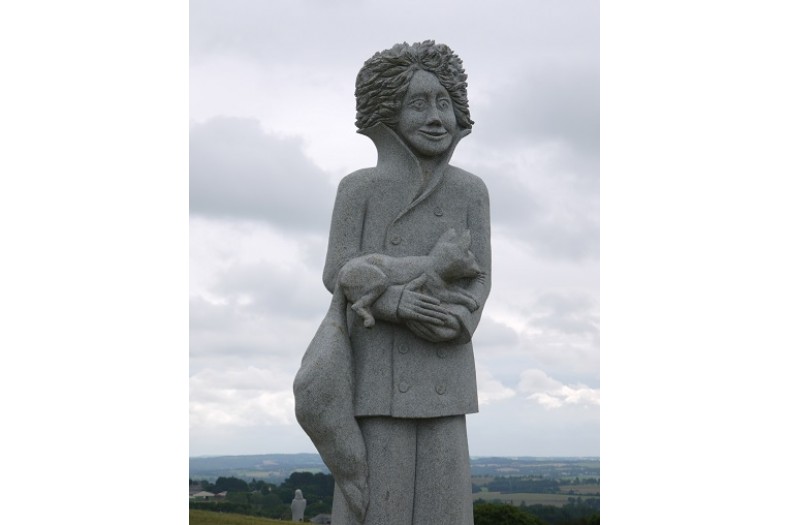
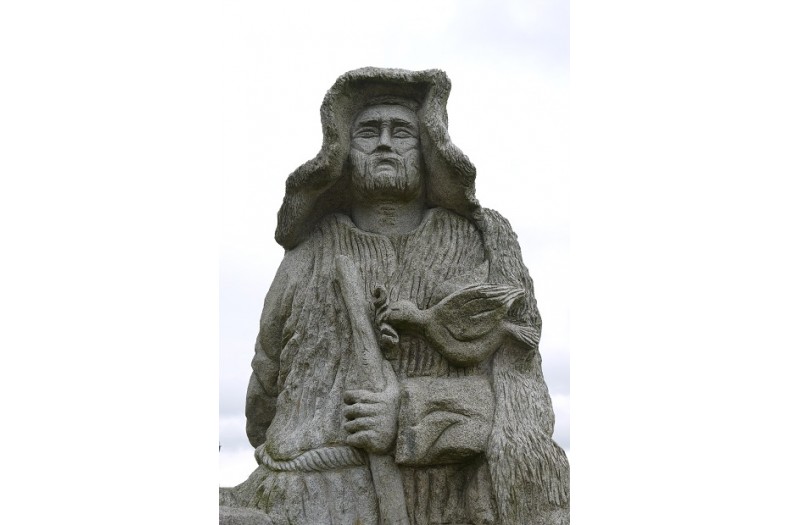
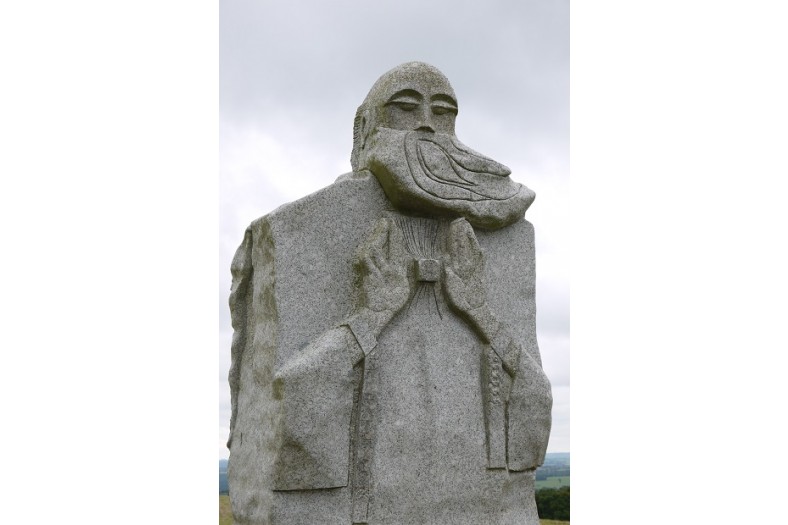
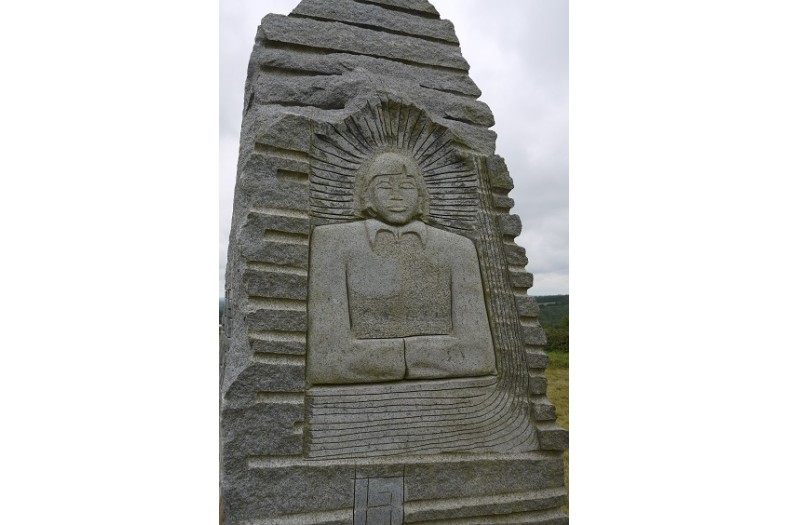
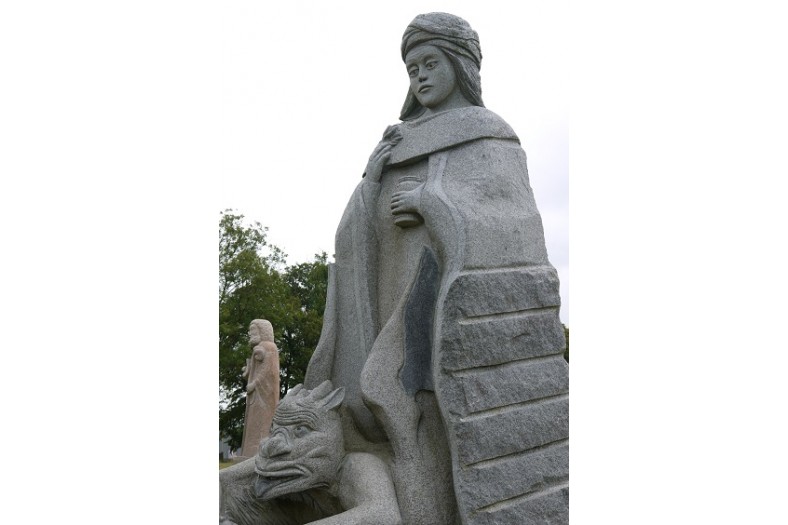
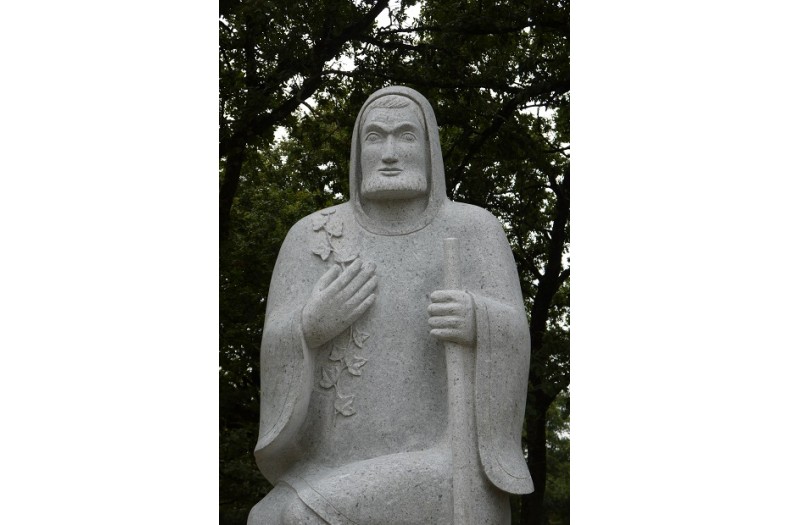


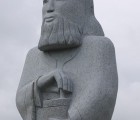
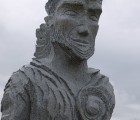
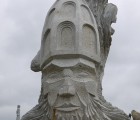
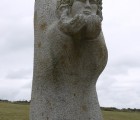
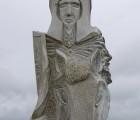
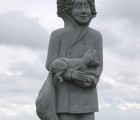
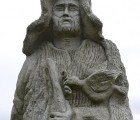
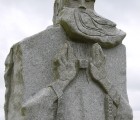
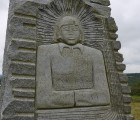
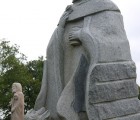
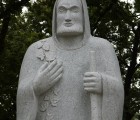
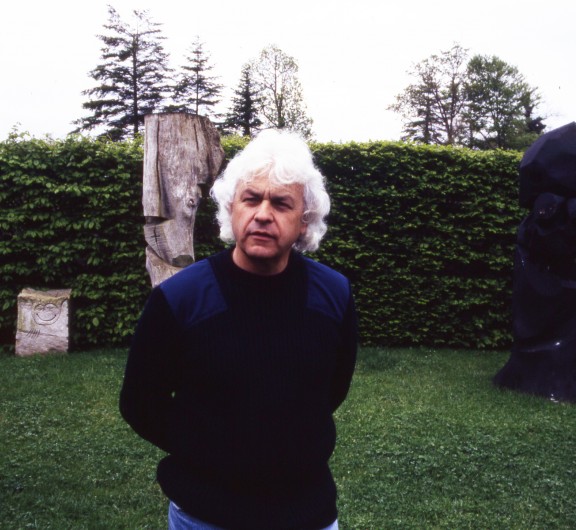
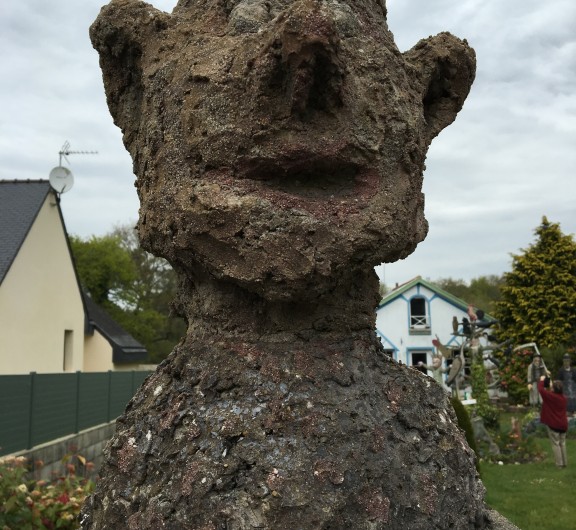
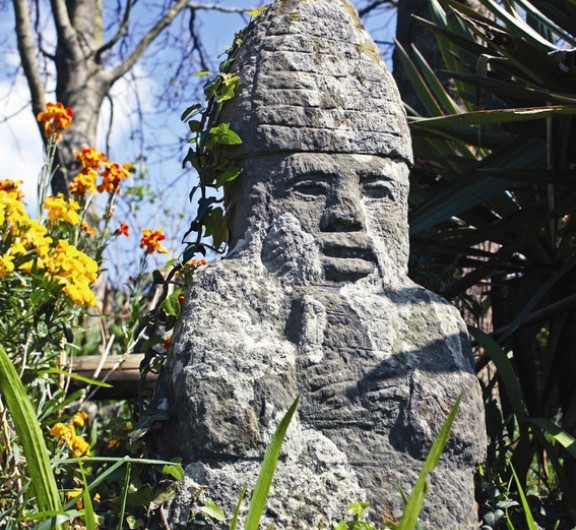
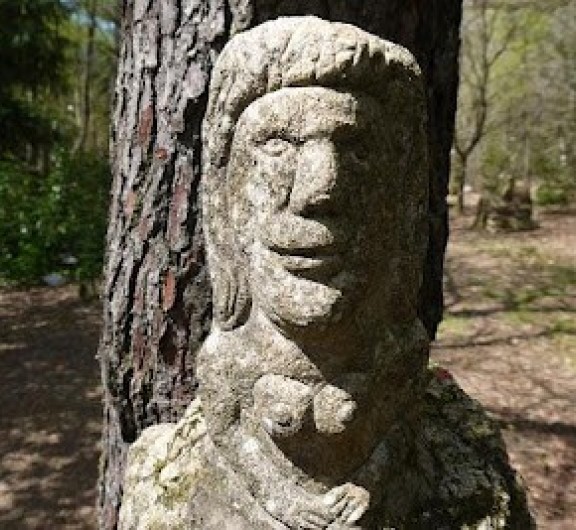

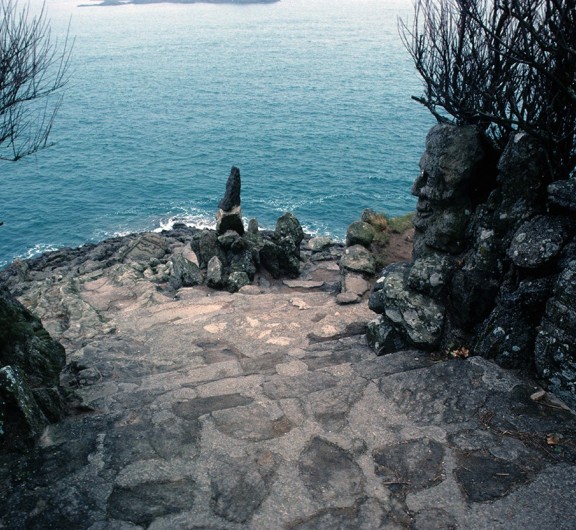

Post your comment
Comments
No one has commented on this page yet.